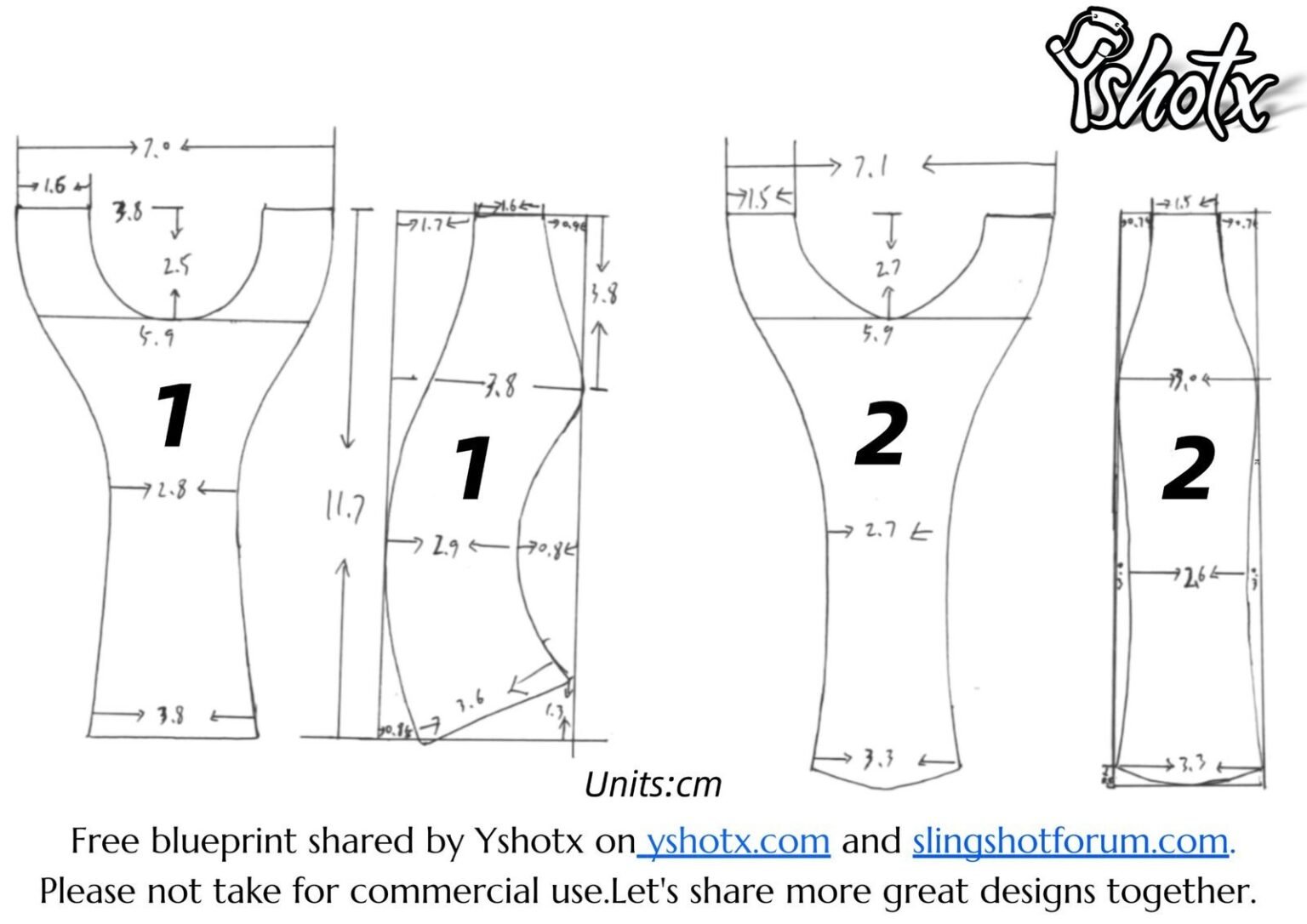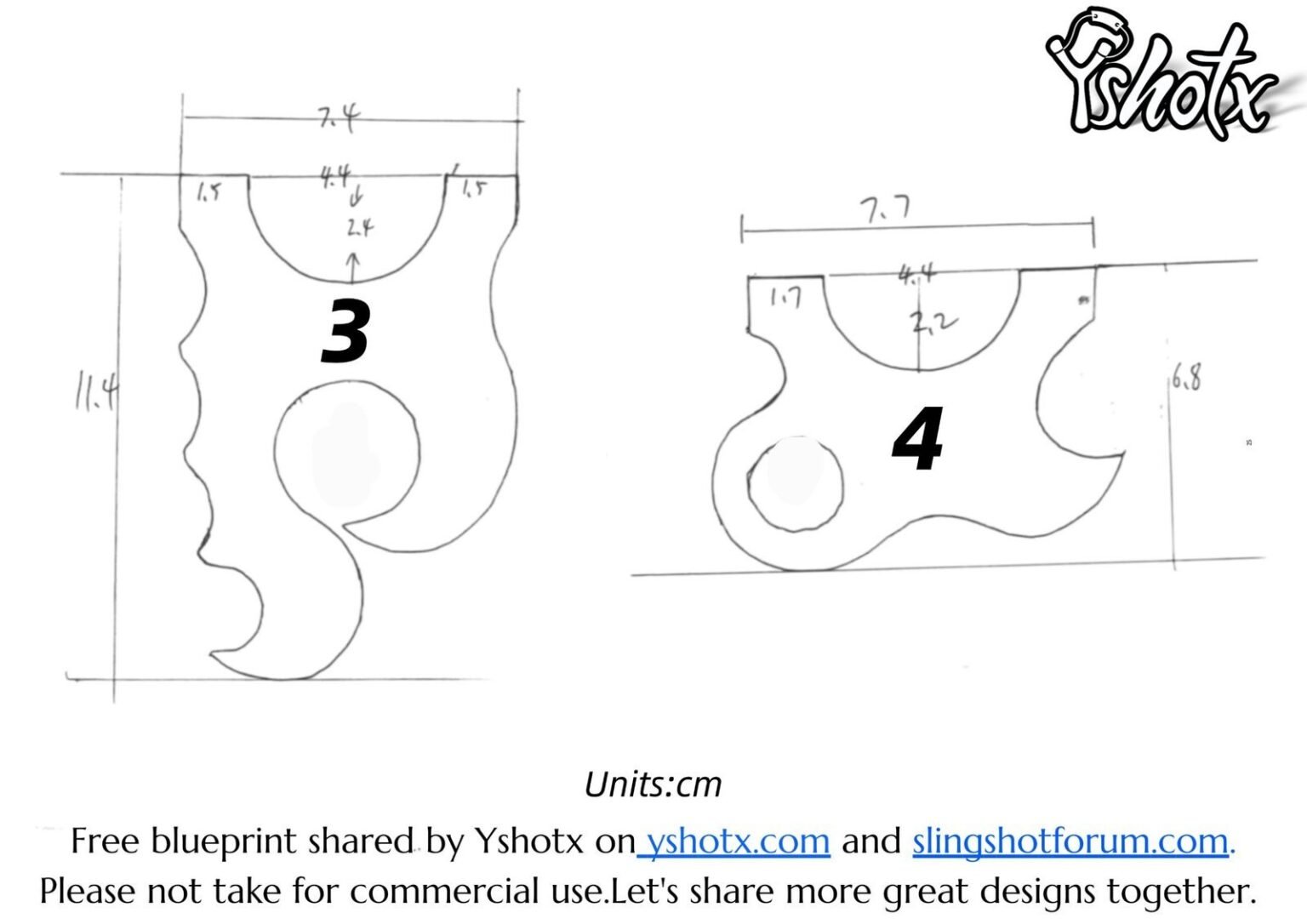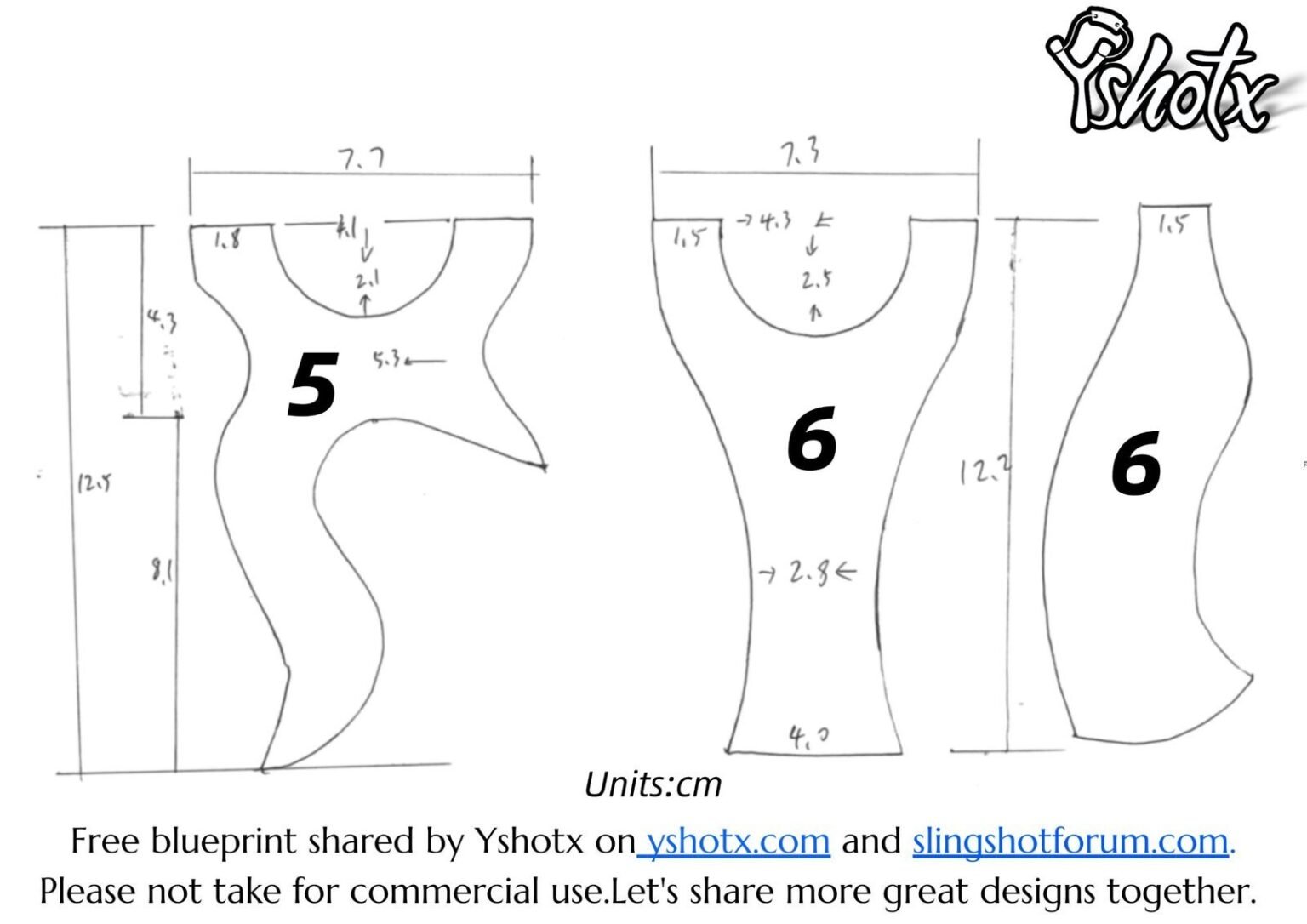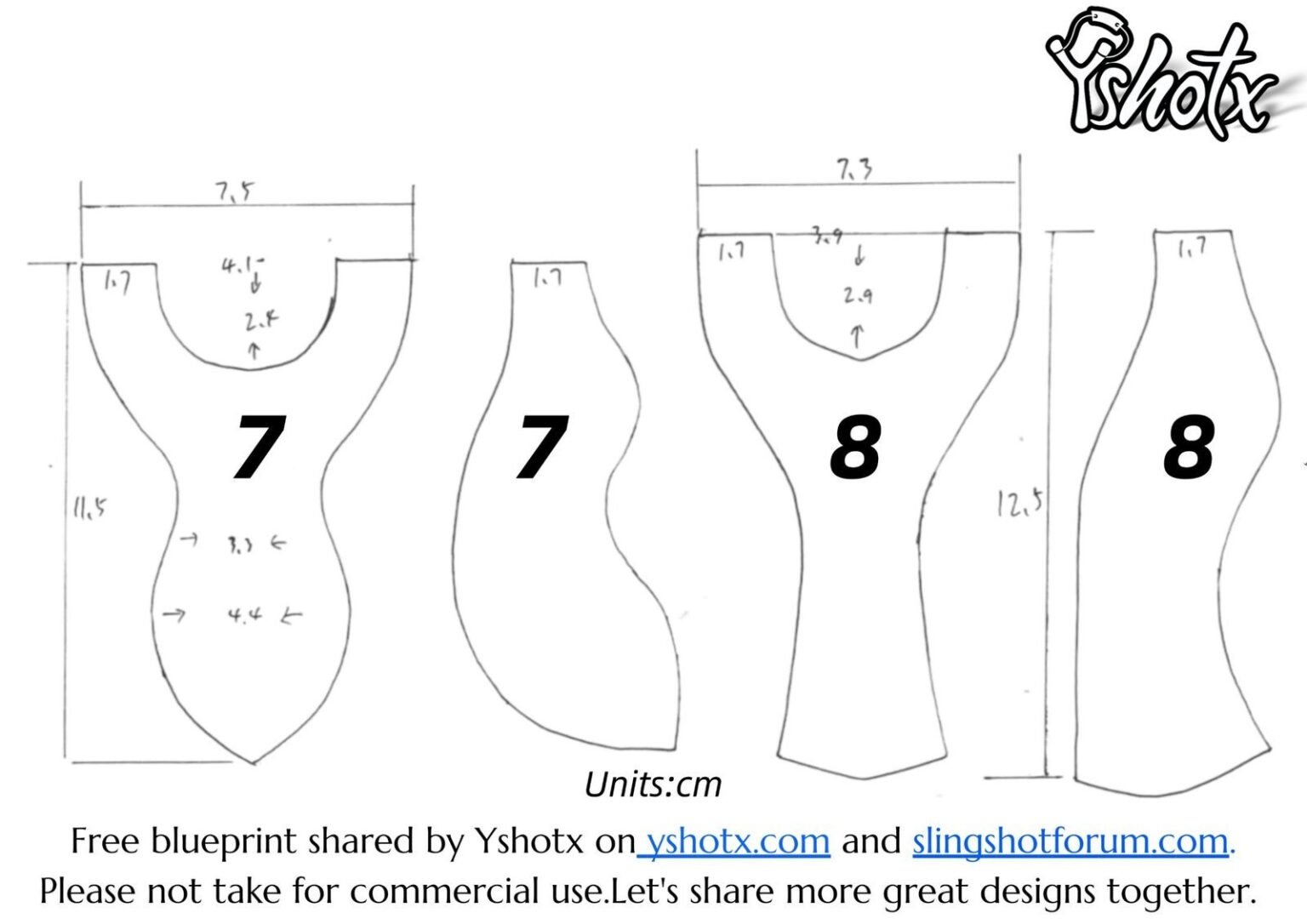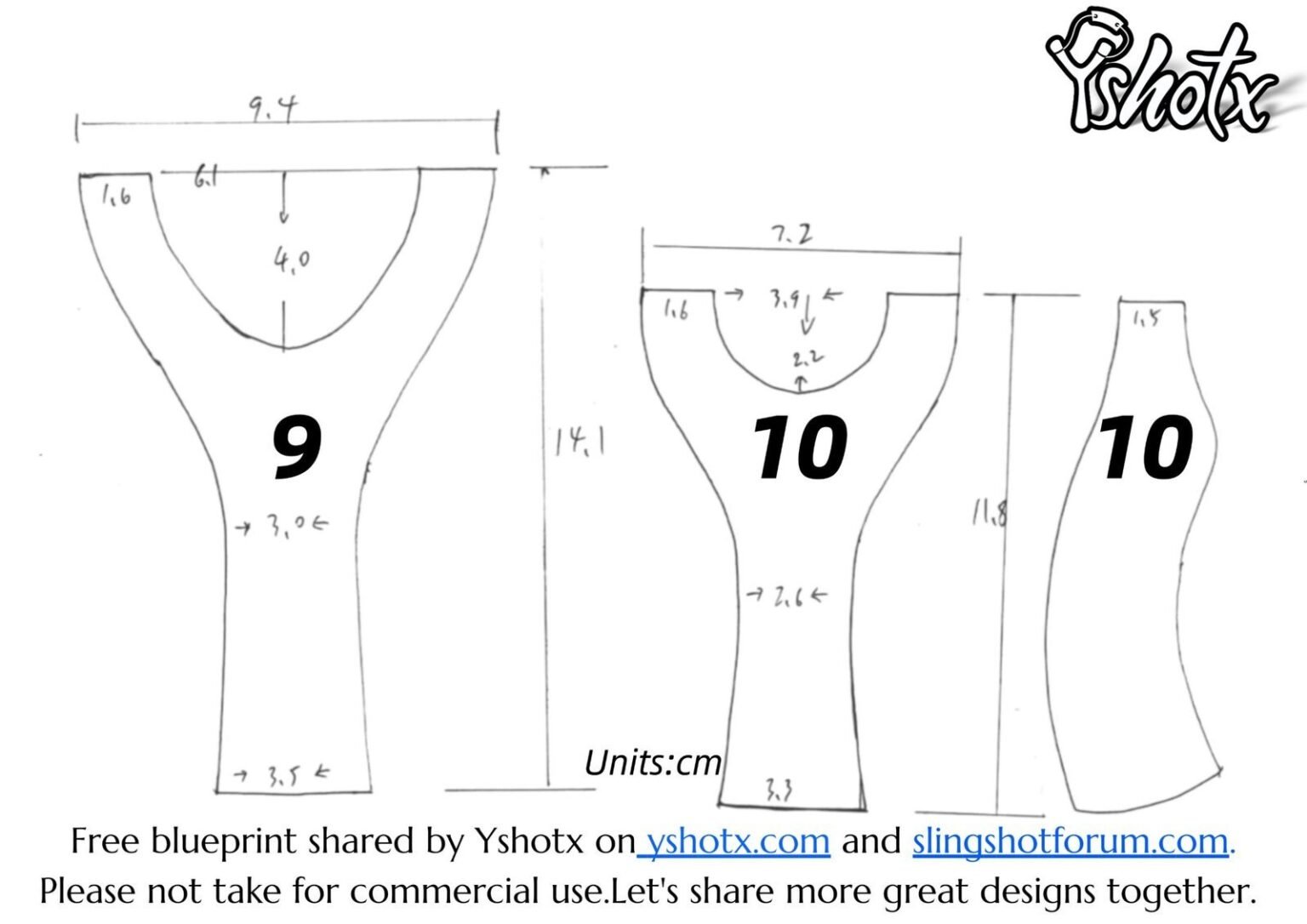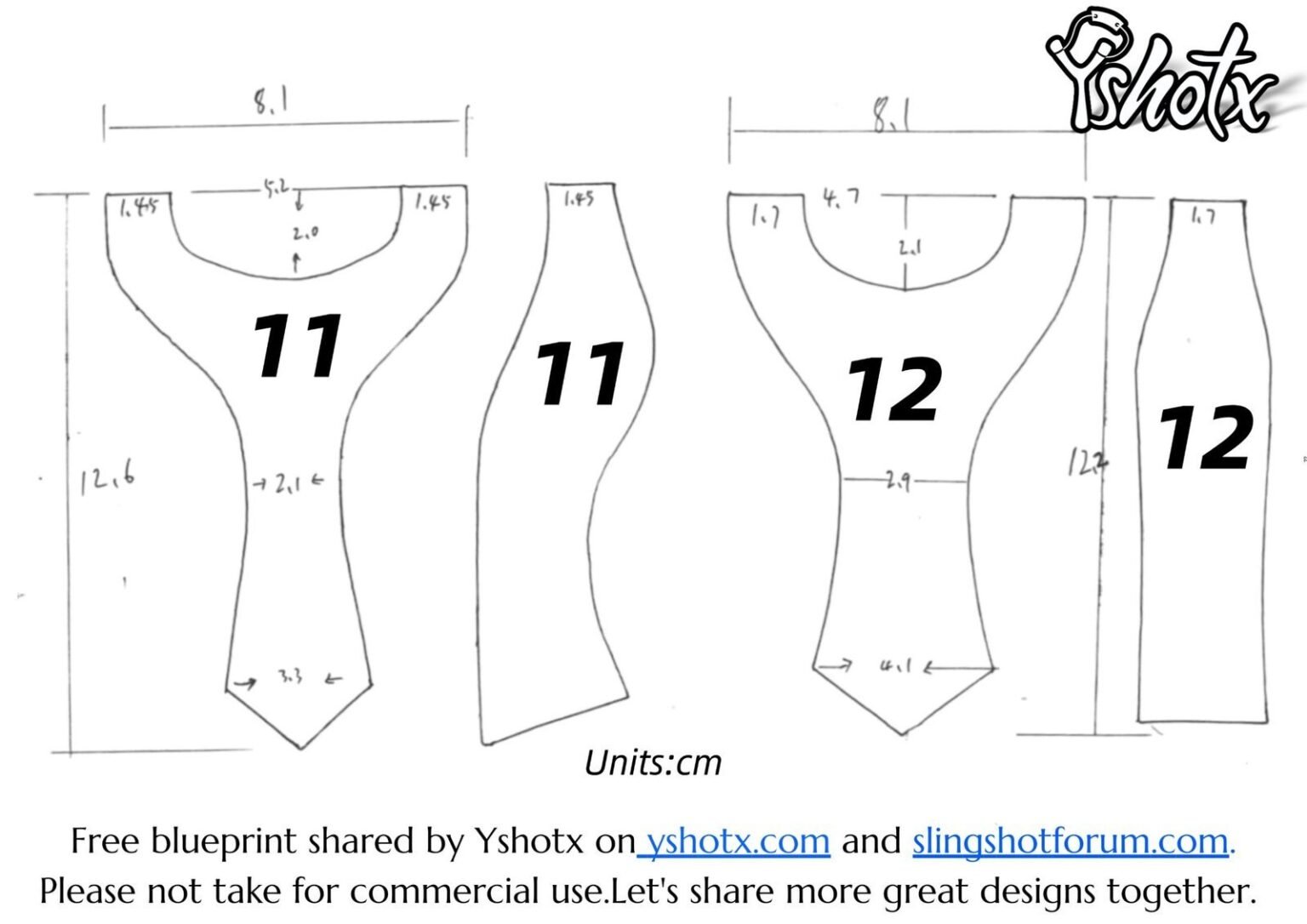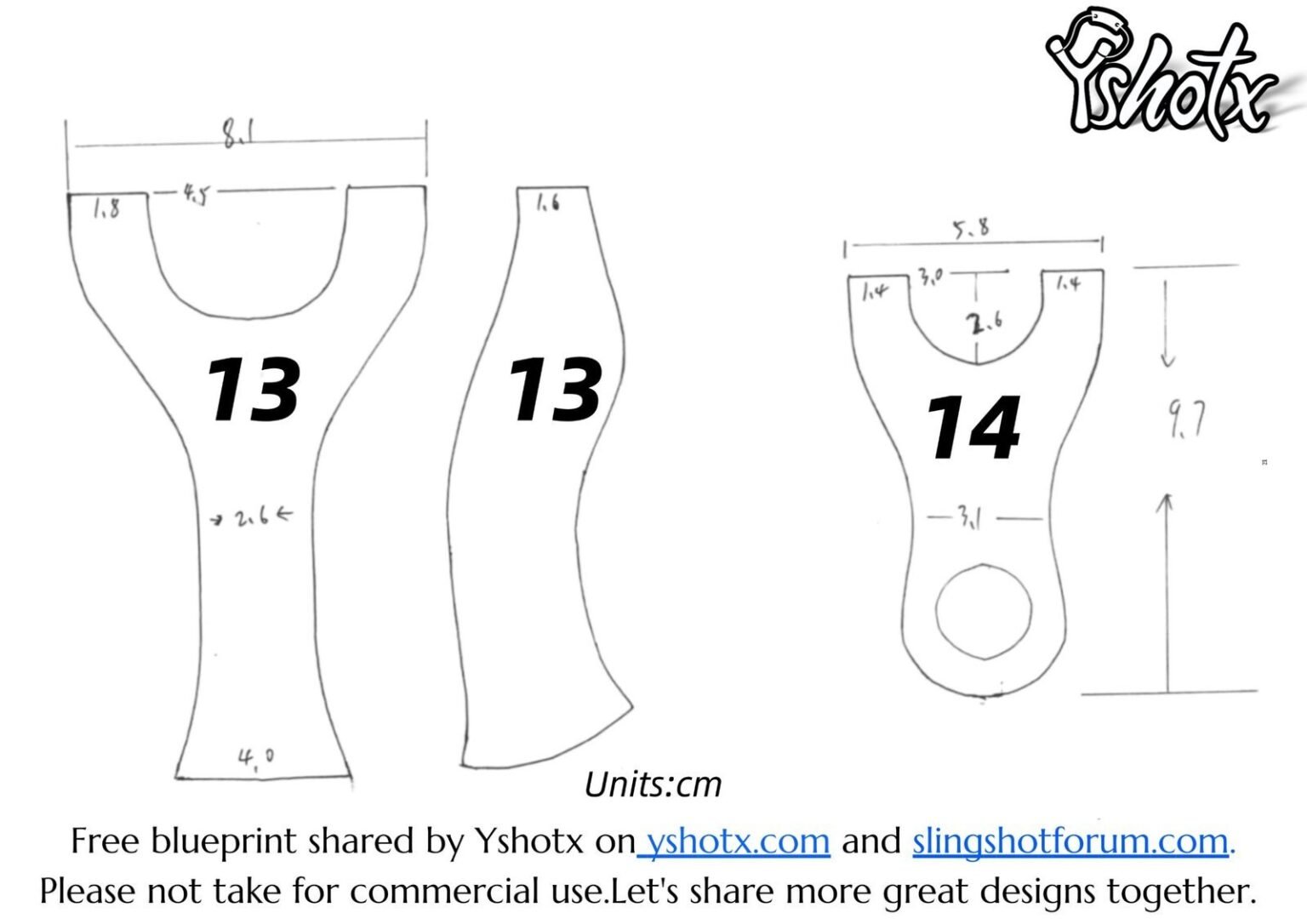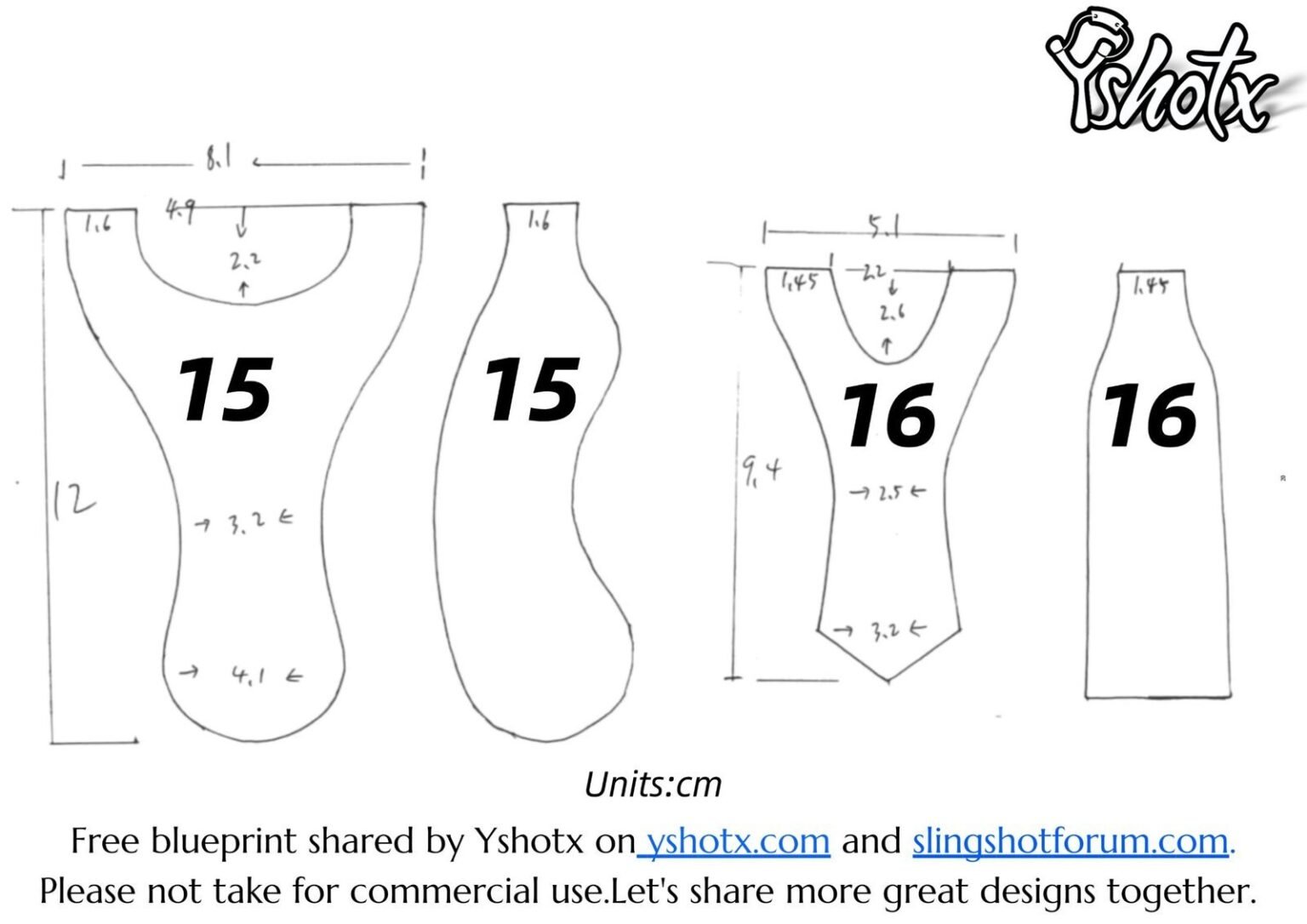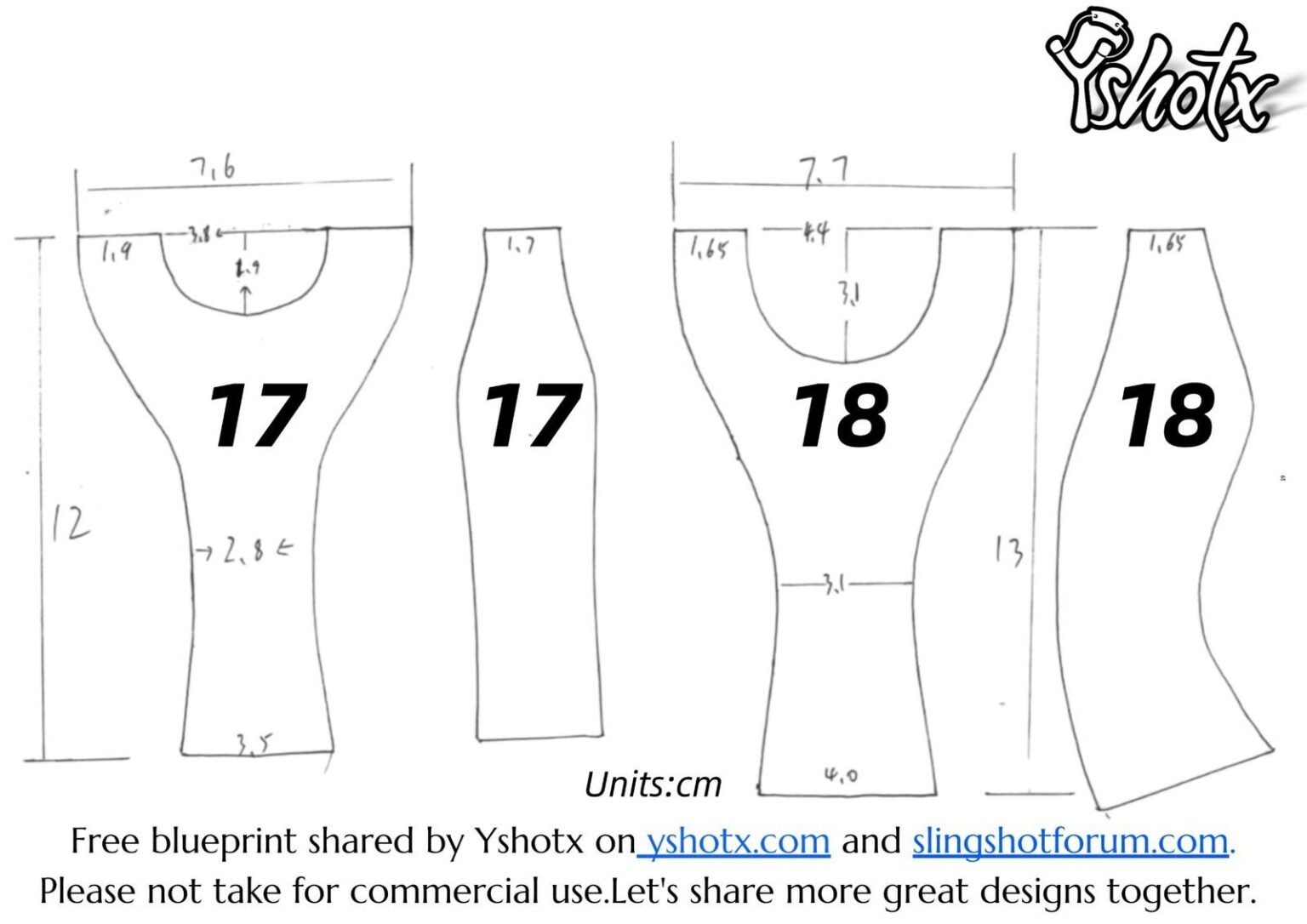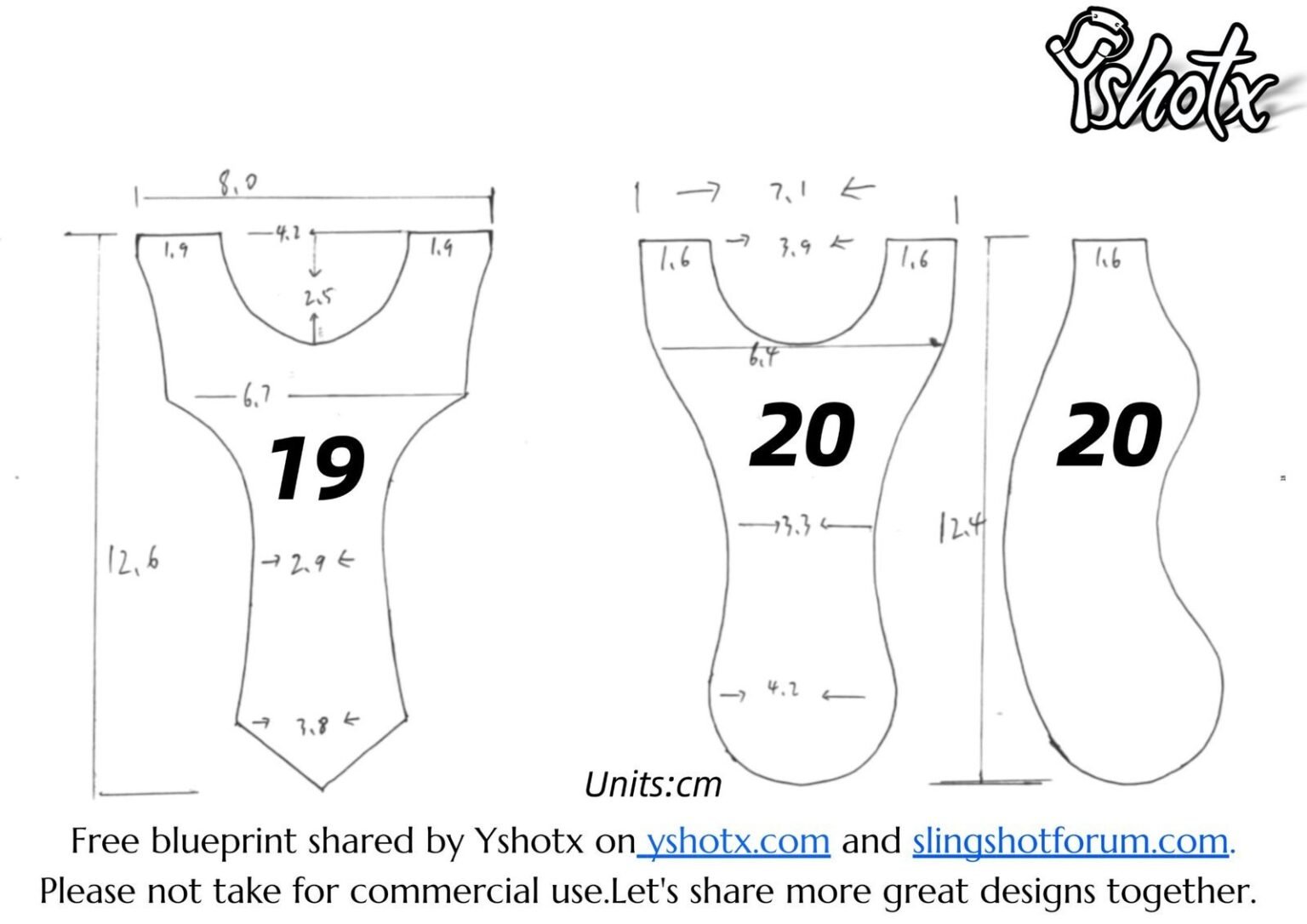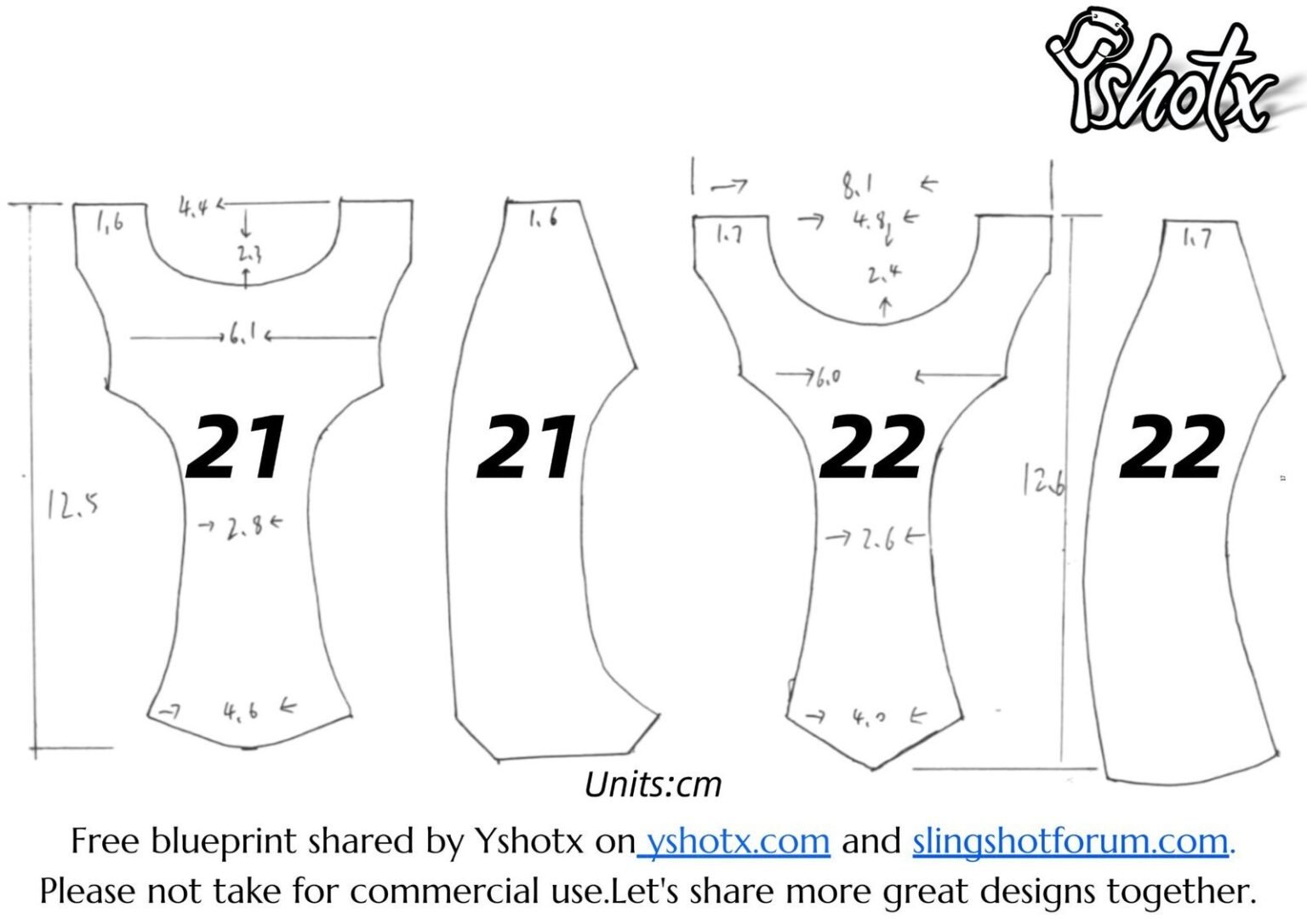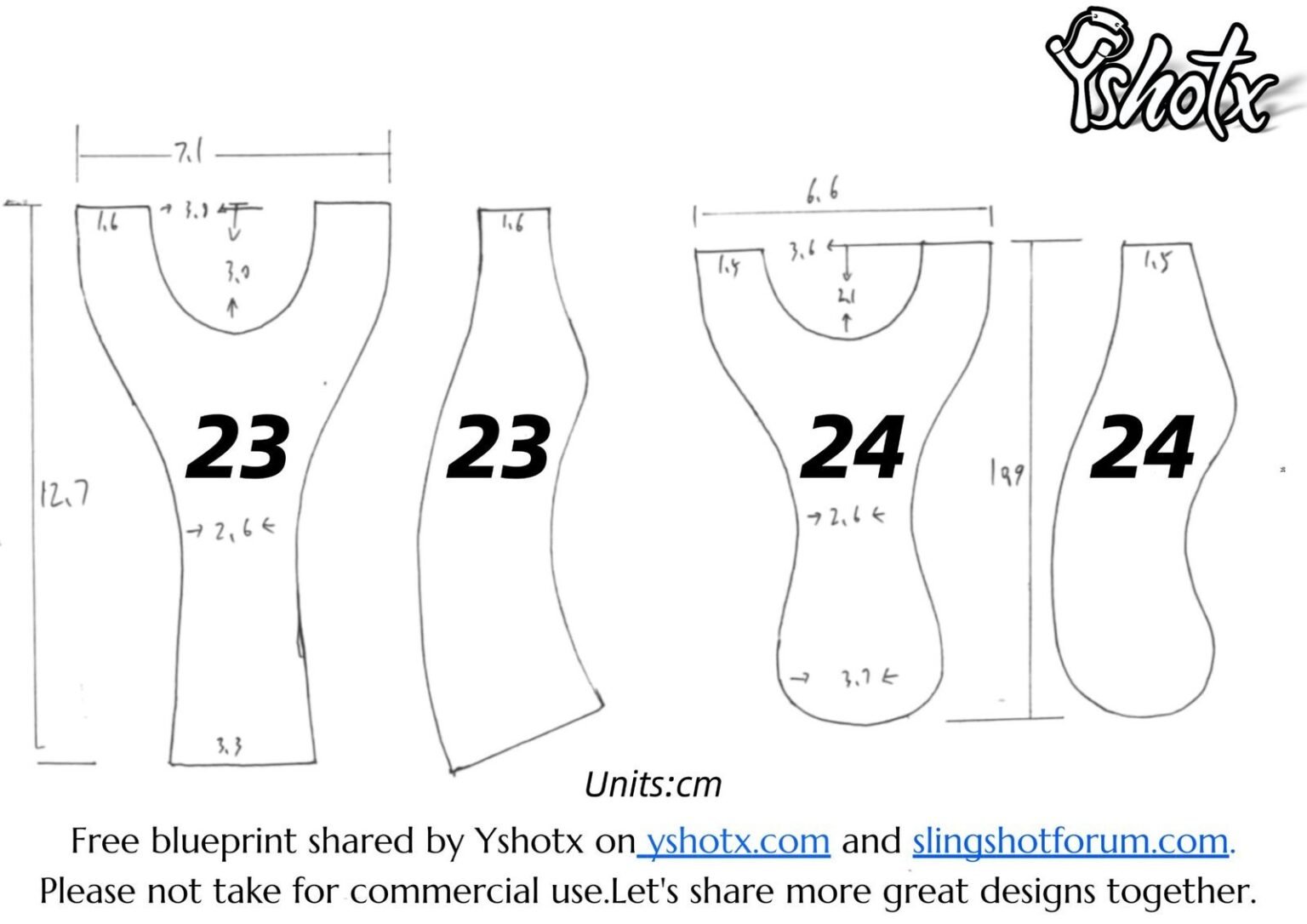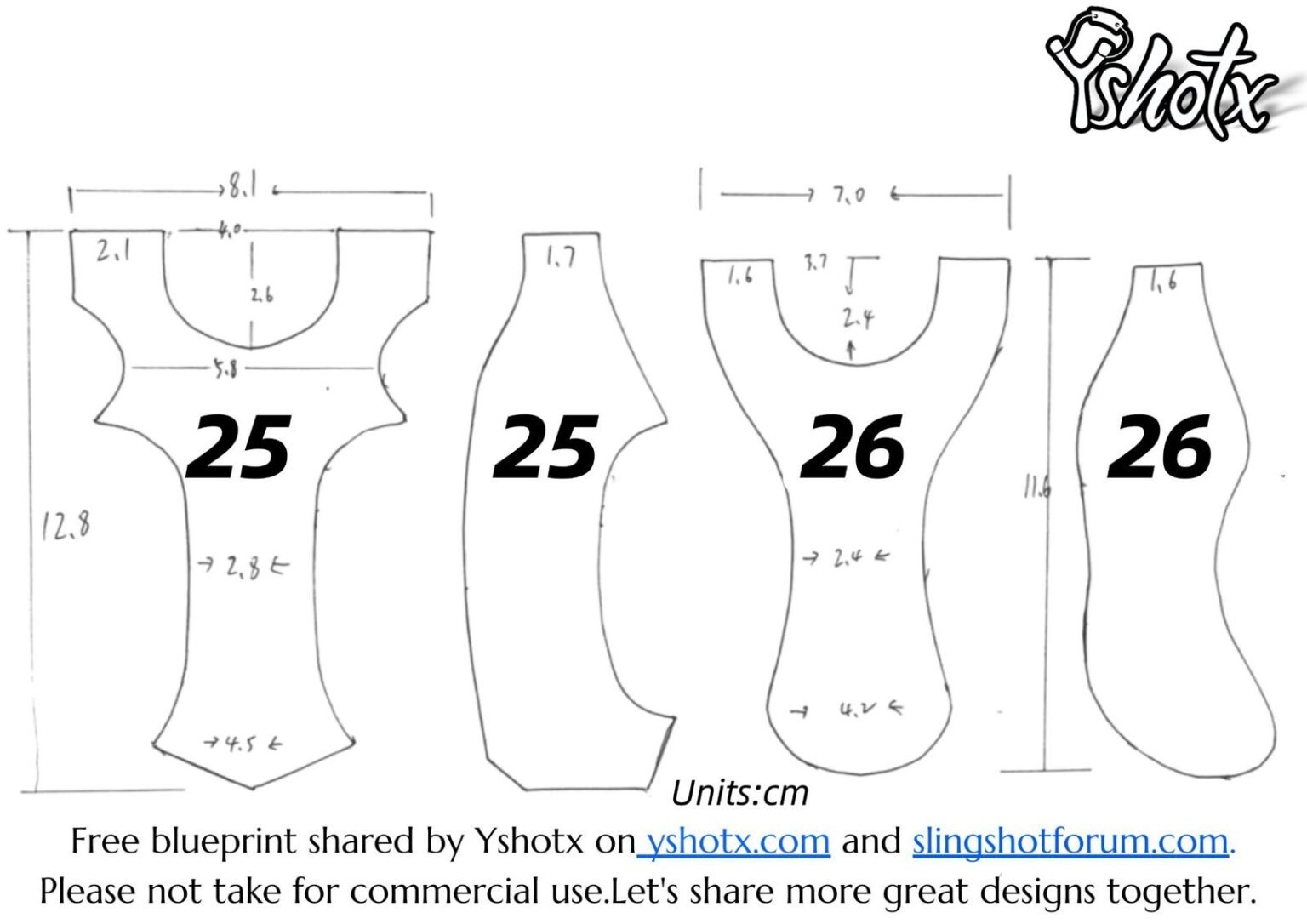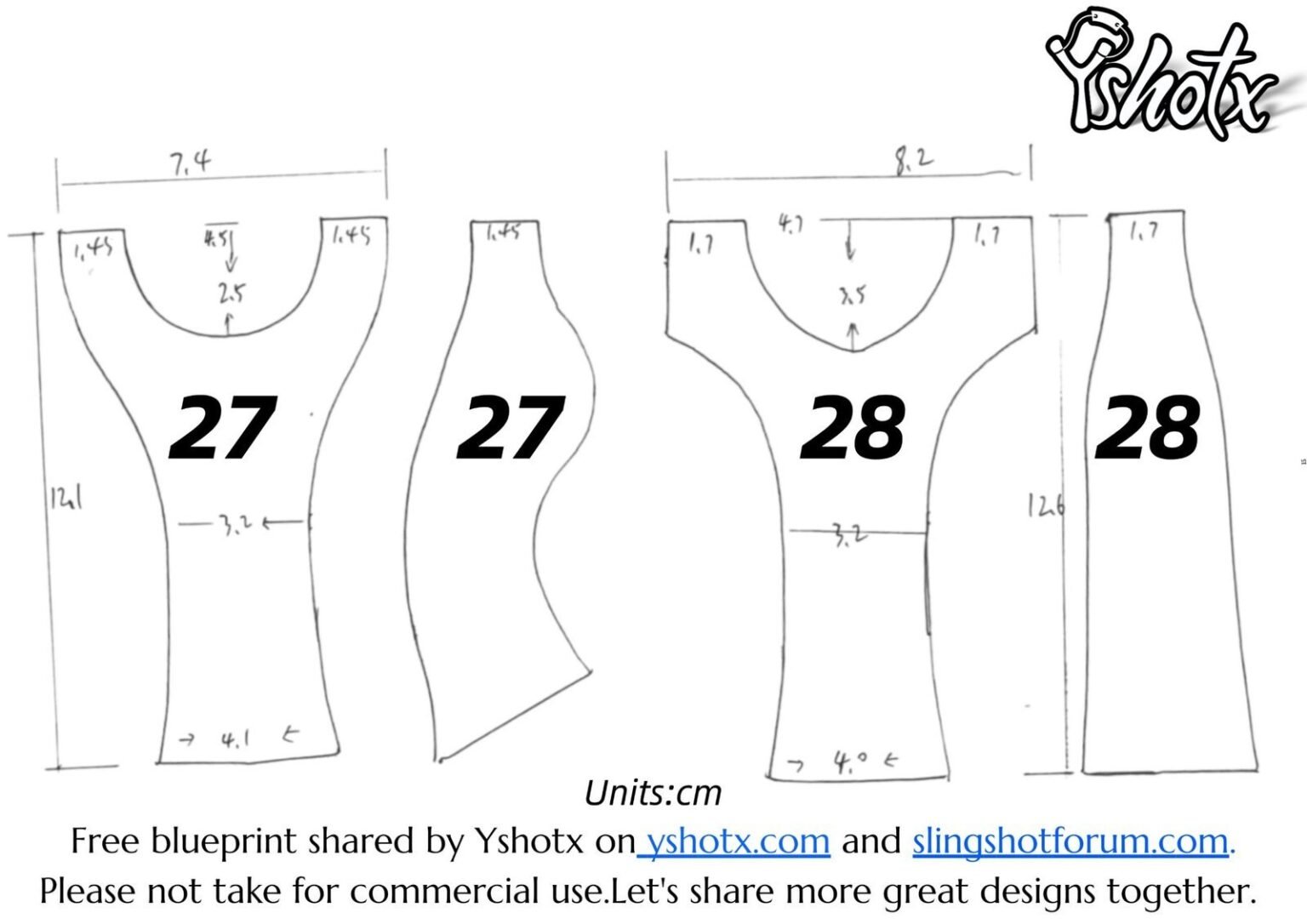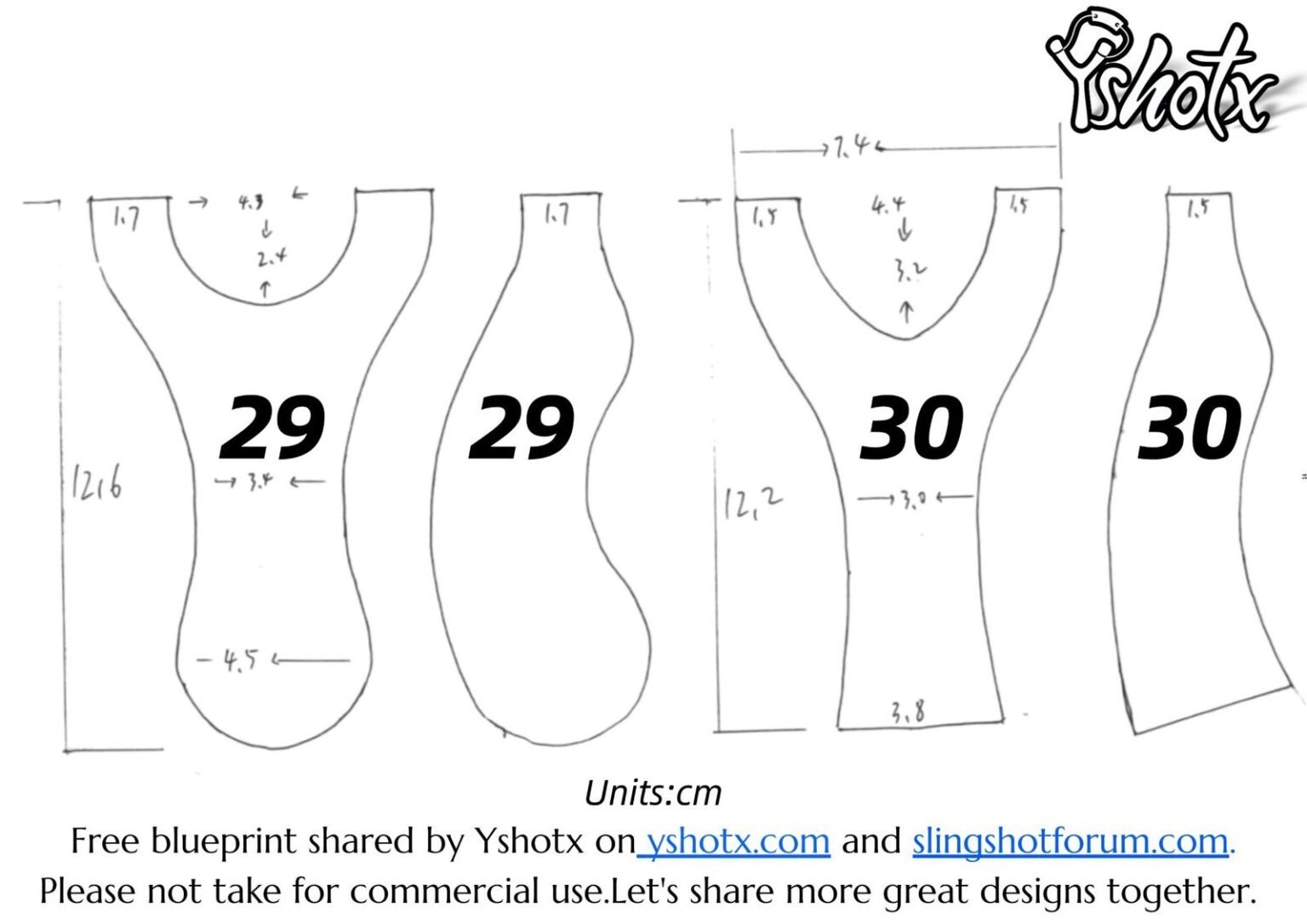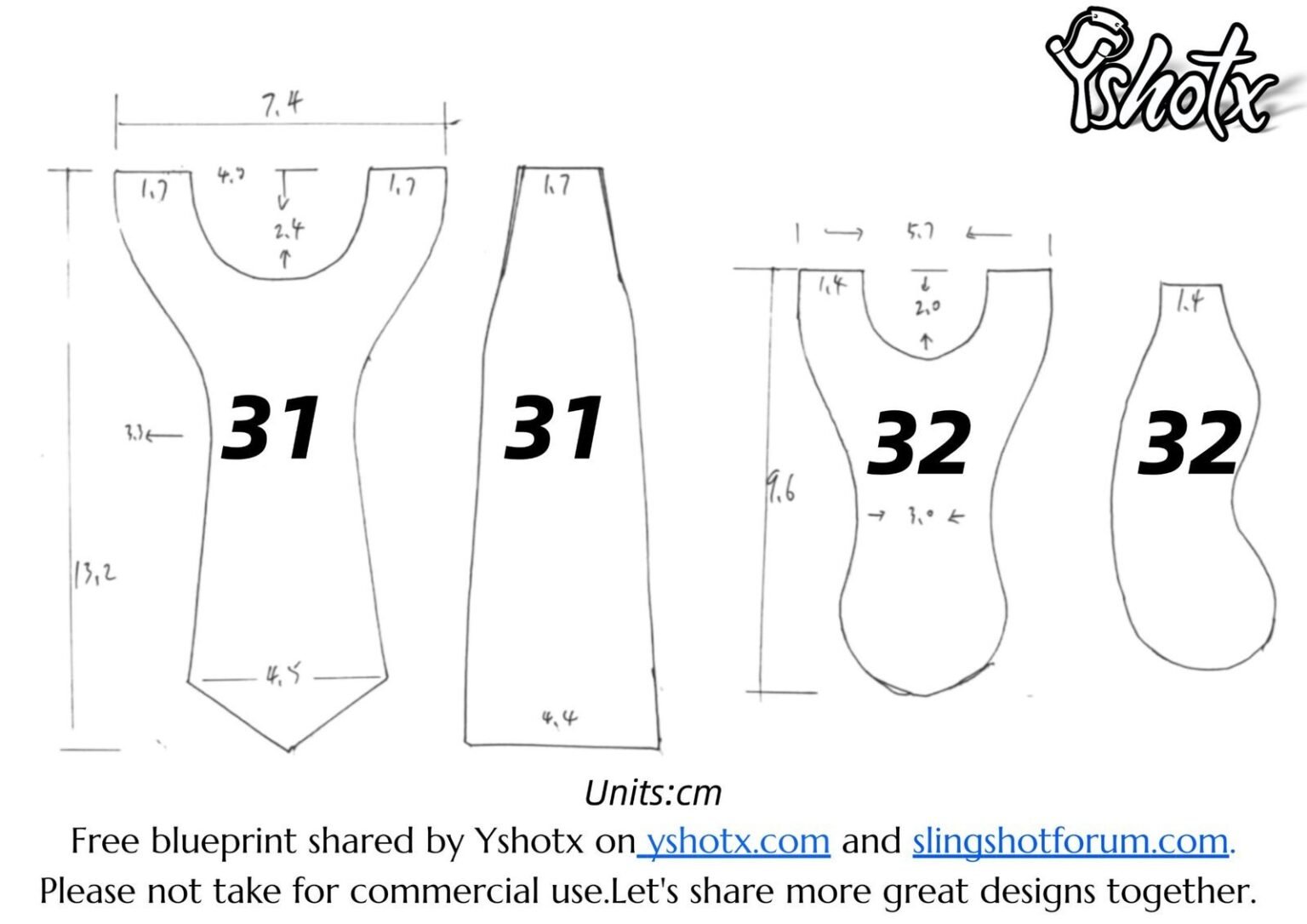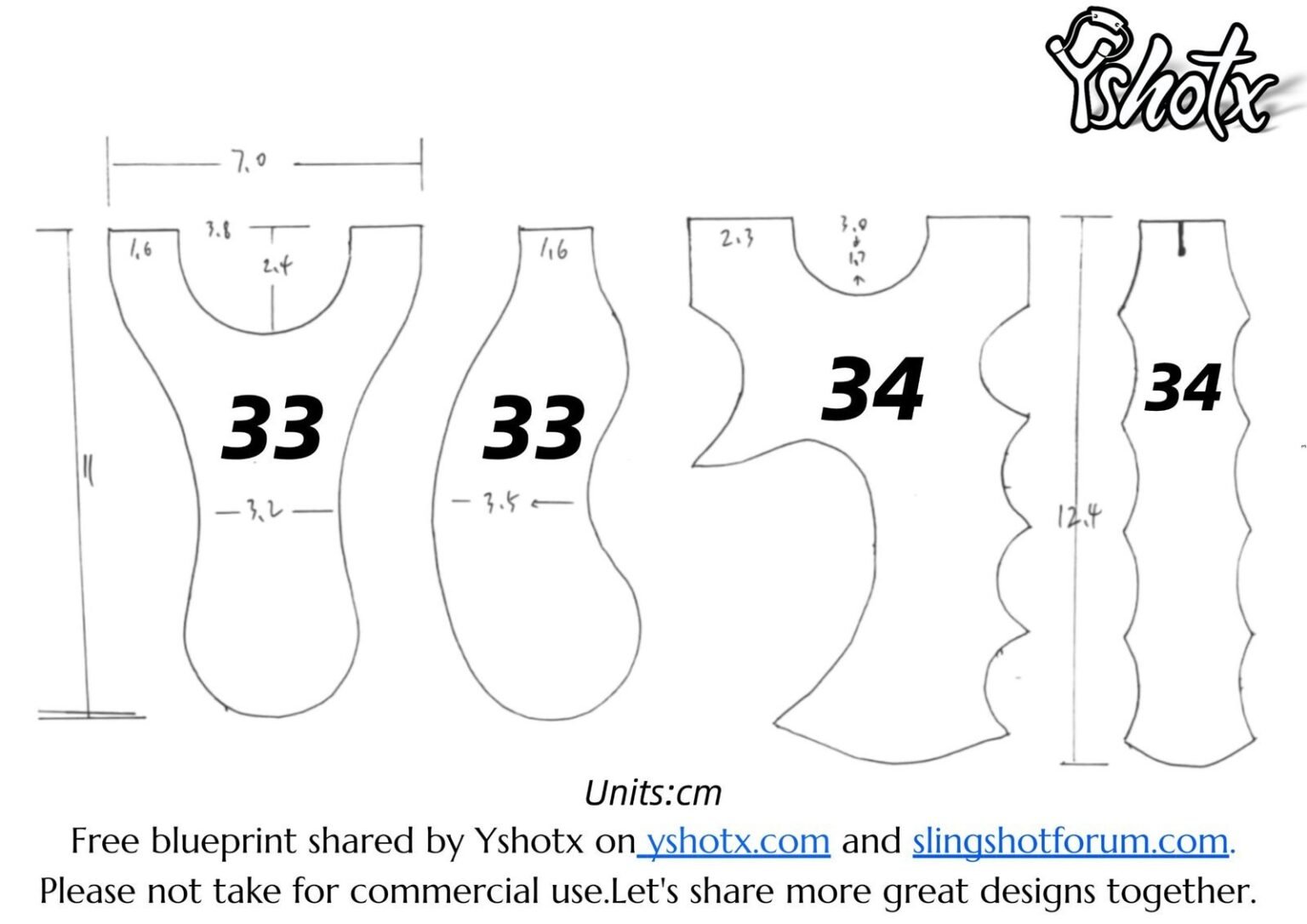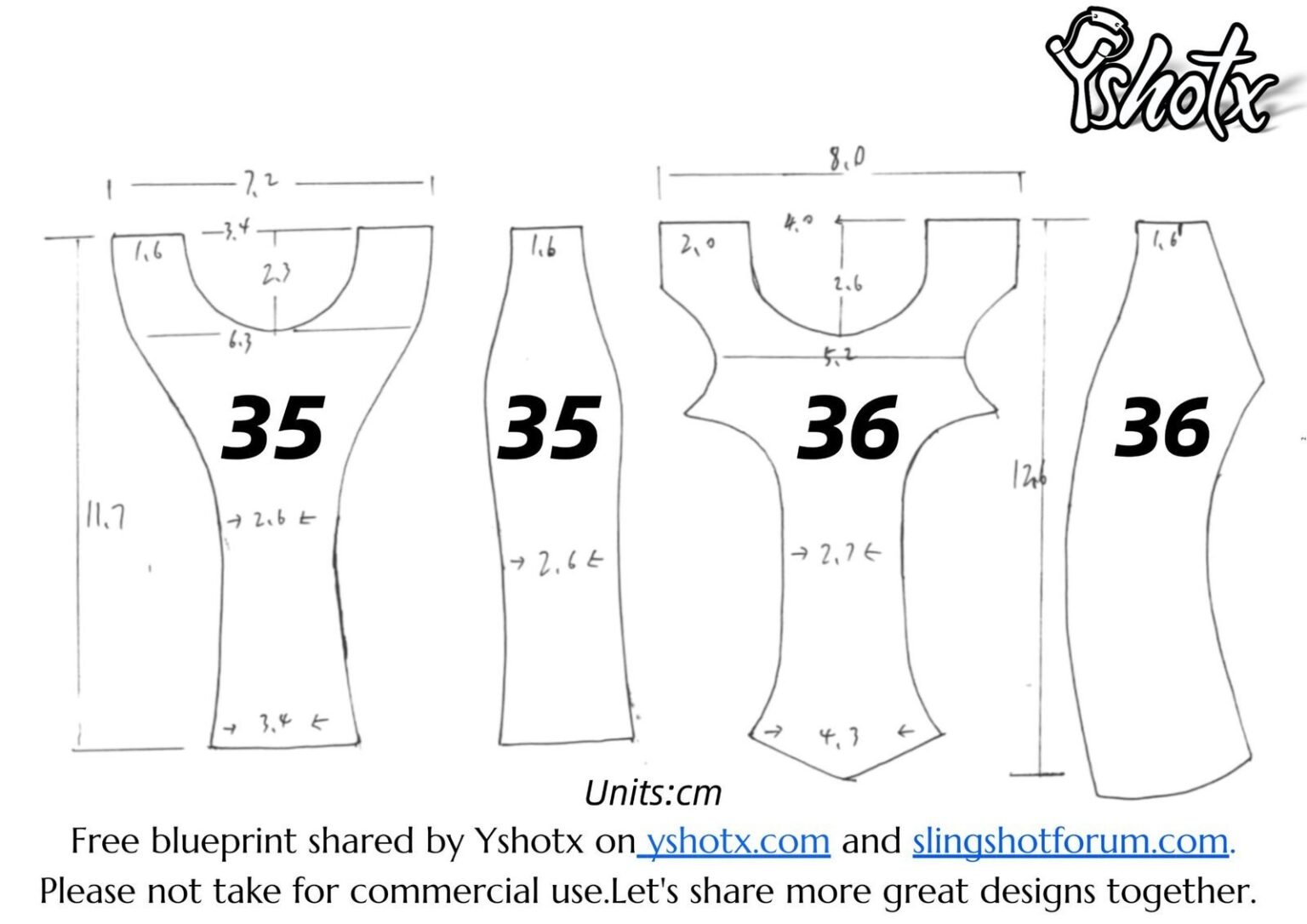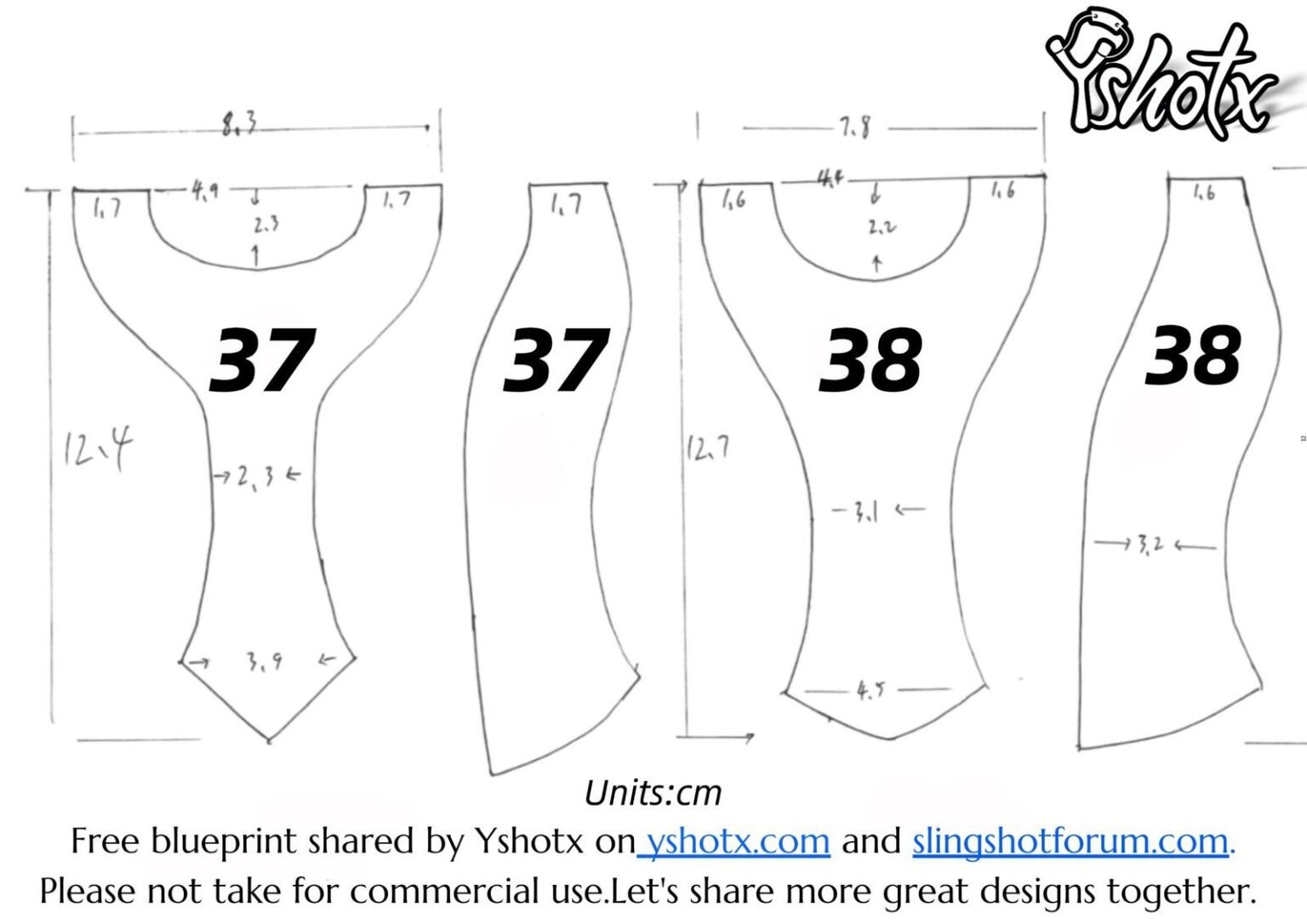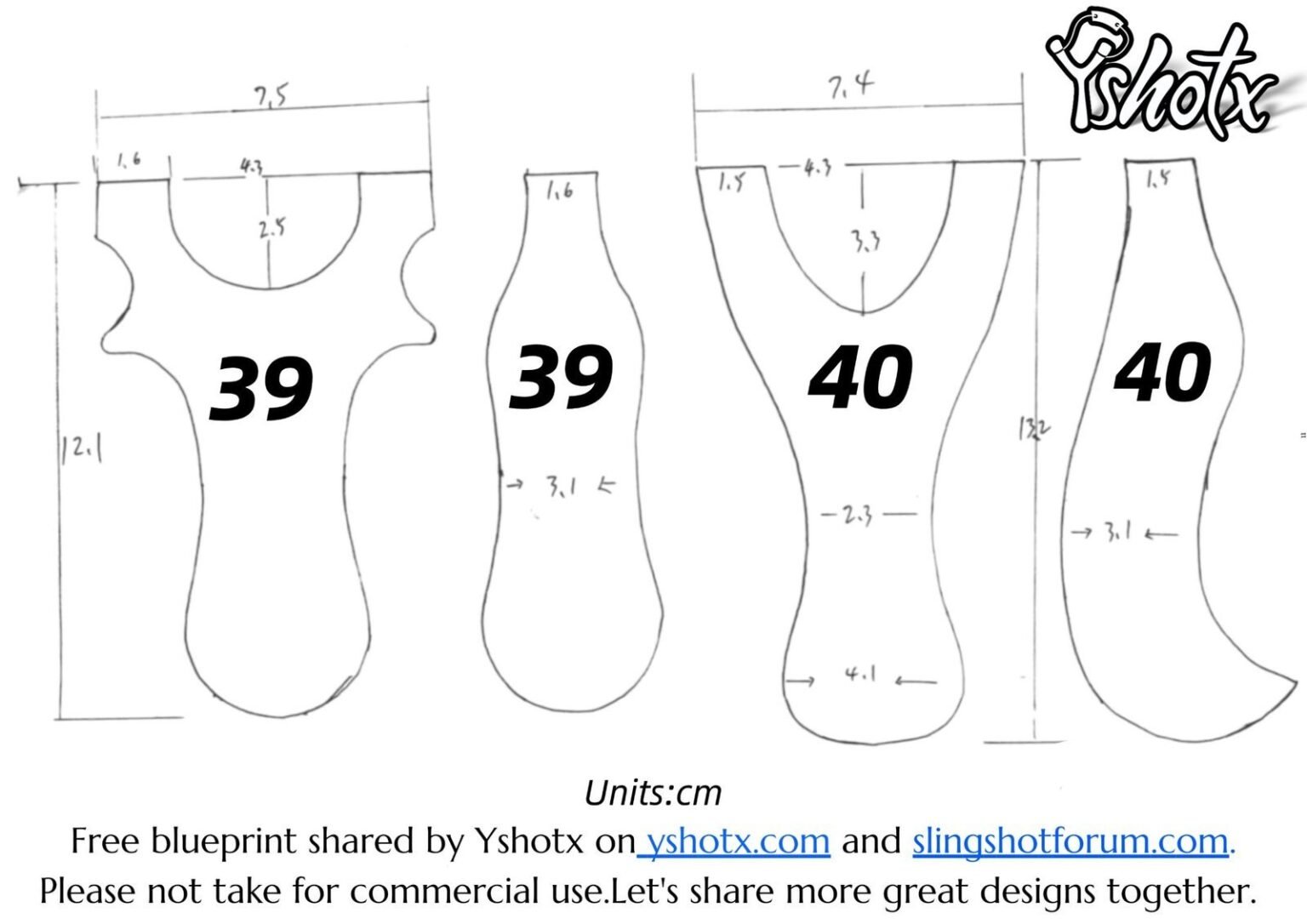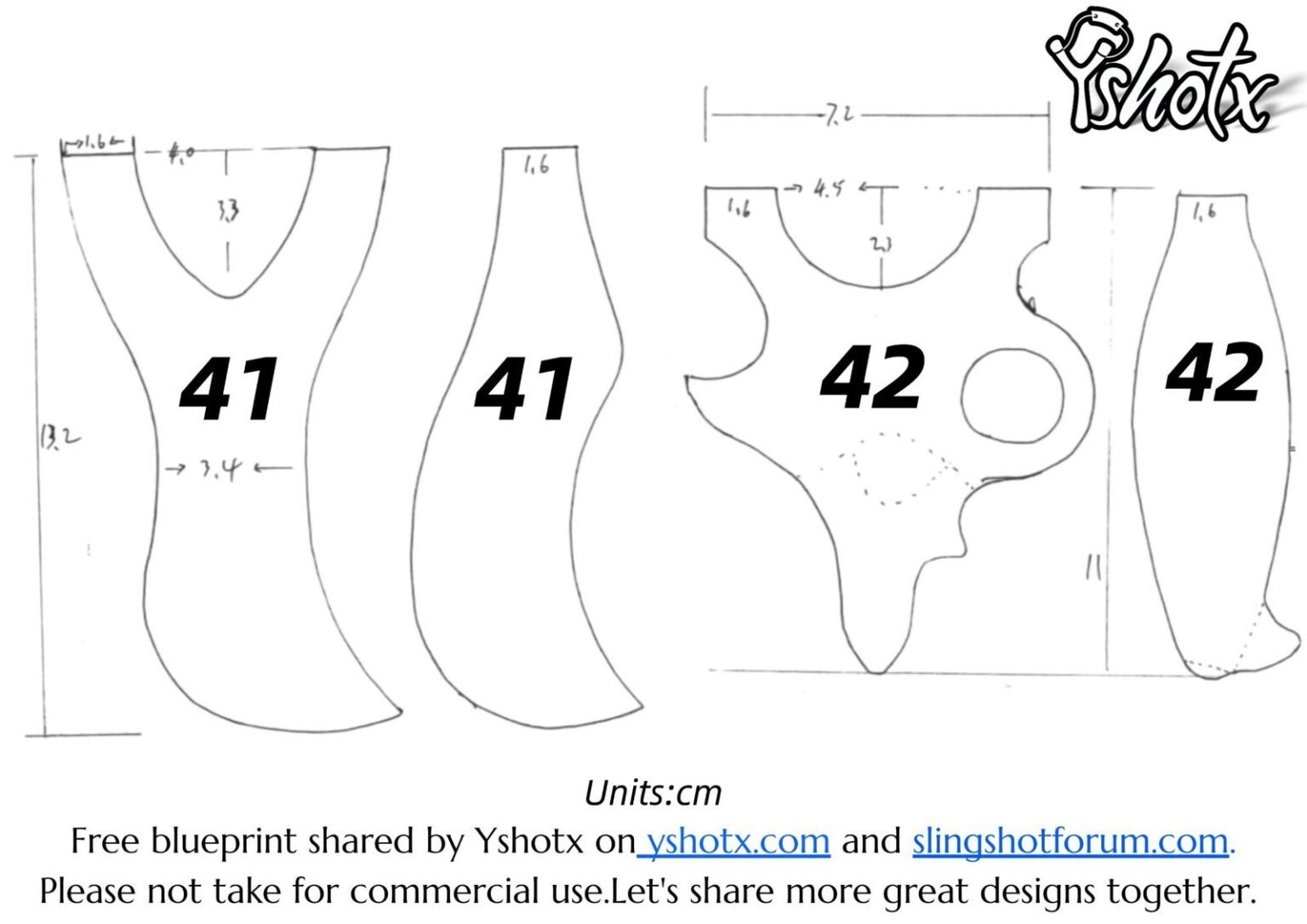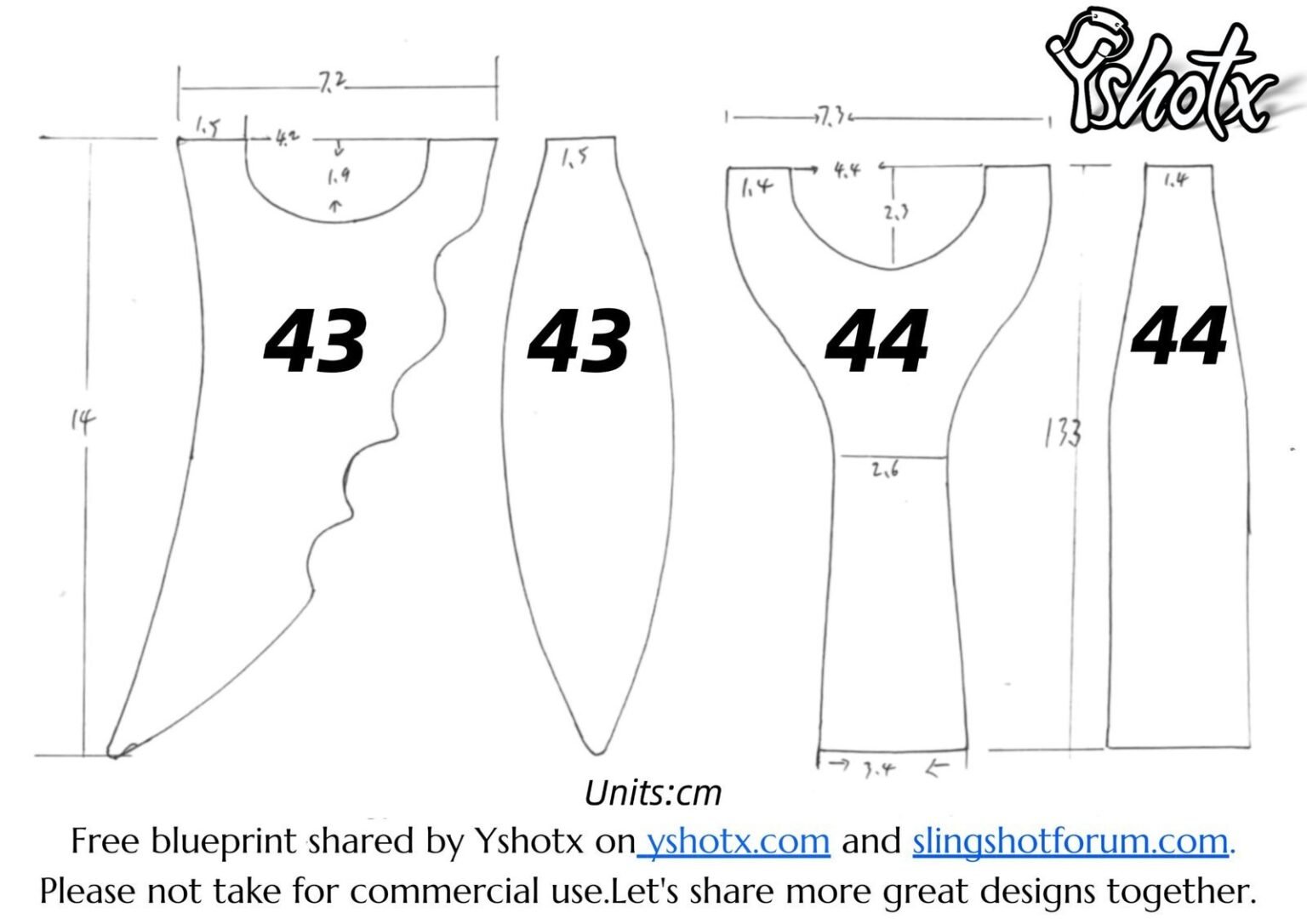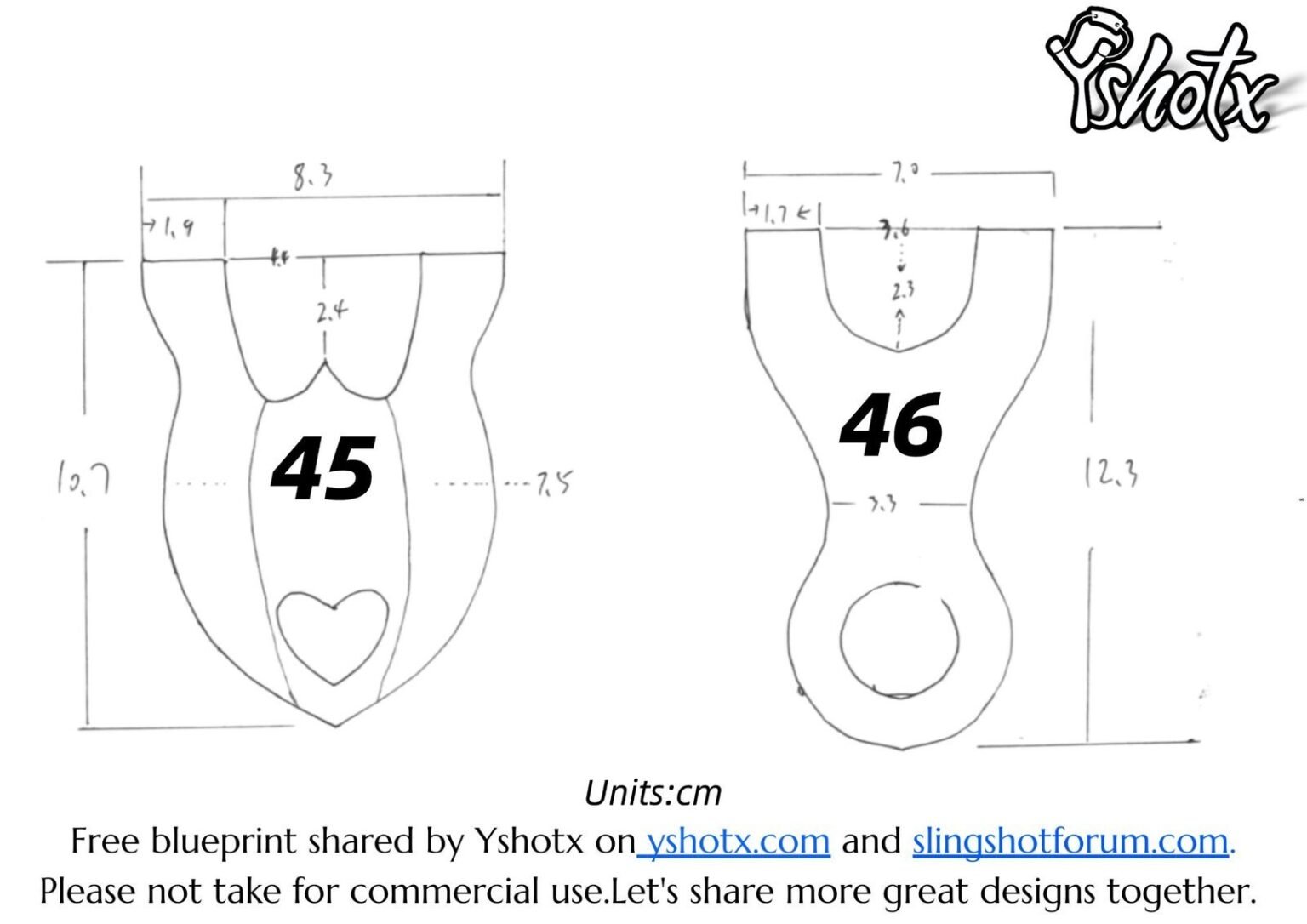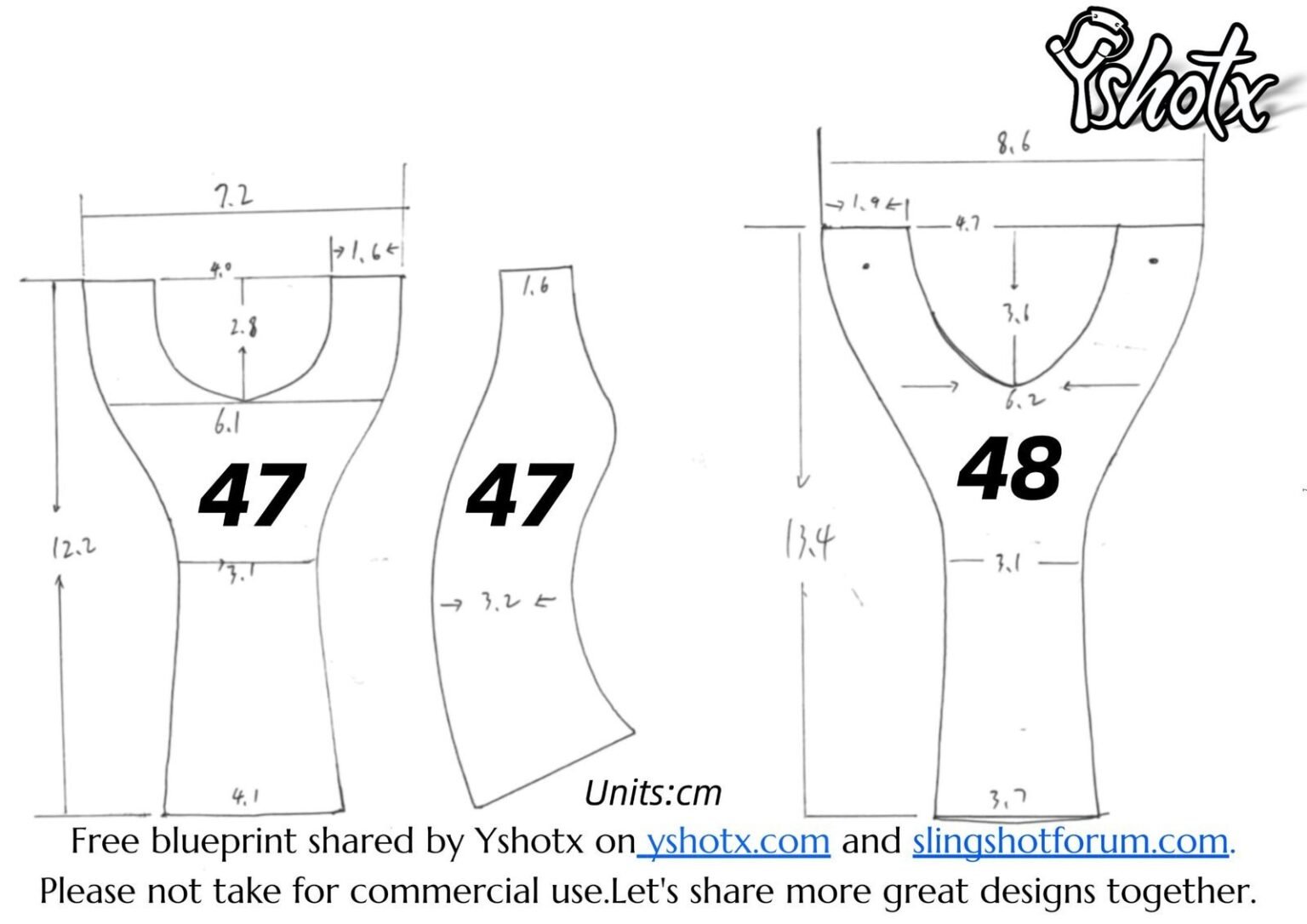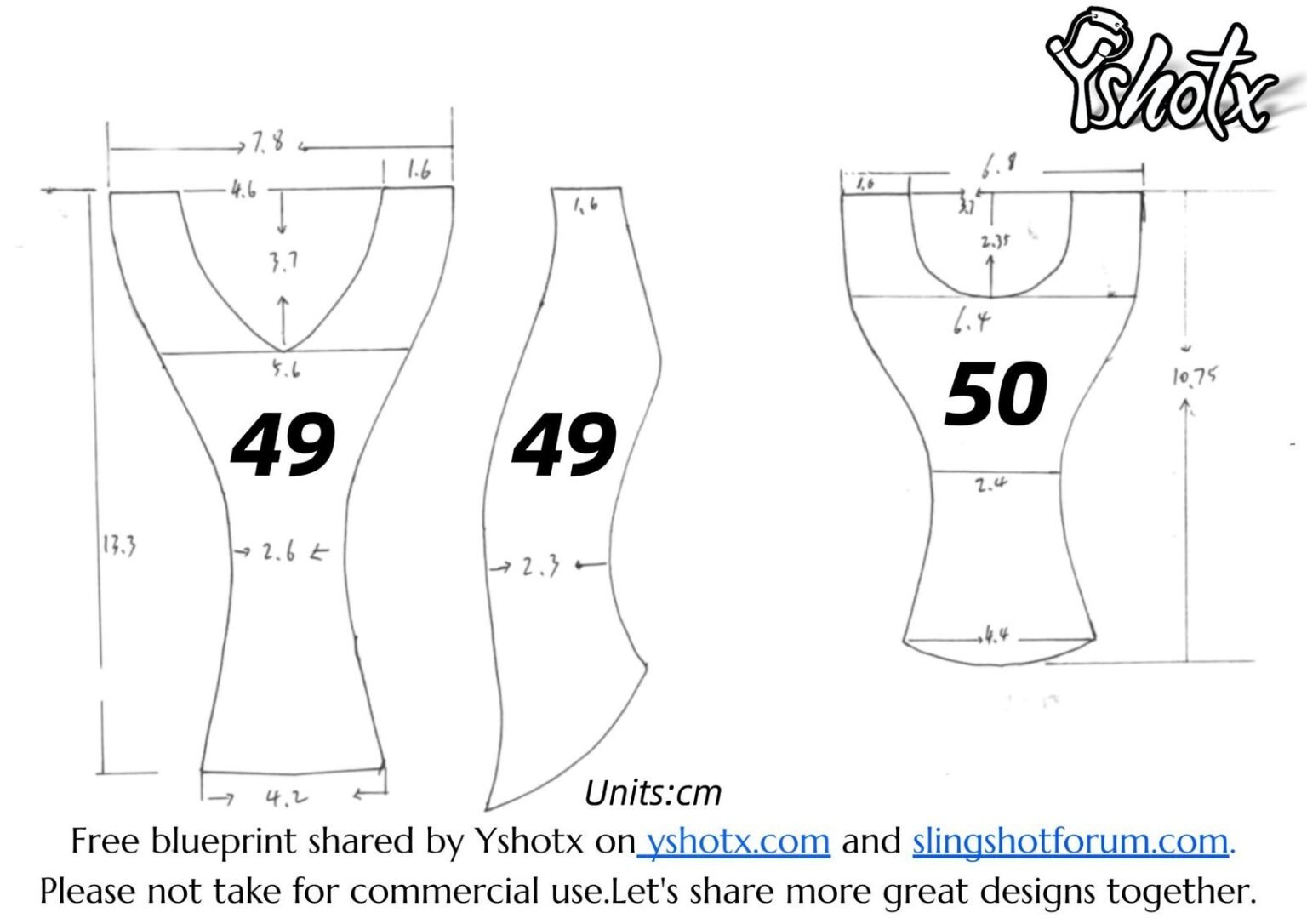🏹 Top 5 Mistakes Beginners Make With Slingshots (And How to Avoid Them)
Jumping into slingshot shooting is thrilling—nothing beats the crack of a well-placed shot or the satisfaction of nailing a distant tin can. But beginners often stumble over avoidable pitfalls that hamper progress, compromise safety, and dampen the fun. This guide uncovers the five most common mistakes newcomers make and shows you exactly how to steer clear of them. Along the way, you’ll find real-world insights, expert tips, and practical solutions to build a rock-solid foundation in slingshot mastery. 1. Choosing the Wrong Frame or Material “Your slingshot’s frame is its backbone—start with a sturdy one, or risk frustration and inaccuracy.” The Mistake Many beginners grab the cheapest Y-shaped wooden frame they can find or pick a flimsy plastic model marketed to kids. While these “toy” slingshots look fun, they often warp, crack, or fail under even modest band tension. Cheap frames introduce wobble at full draw, leading to erratic shots and shattered confidence. Why It Matters A sub
🏹 Ultimate Guide to Slingshot Types: Y-Shaped vs. TTF vs. OTT — Which One Is Right for You?
Whether you’re stepping into the world of slingshot hunting, aiming for tighter target shooting groups, or crafting your next DIY slingshot, understanding the differences between Y-shaped, TTF (Through‐The‐Fork), and OTT (Over‐The‐Top) designs is essential. Each configuration offers unique advantages in terms of accuracy, power, and comfort. This in-depth guide will equip you with expert knowledge to choose—or build—the ideal slingshot that fits your style and performance goals. 🔍 Why Slingshot Type Matters “Picking the right slingshot style isn’t just about looks—it directly impacts shot consistency, band lifespan, and that exhilarating feeling when your round hits dead center.” Performance & Precision: Different fork styles affect how bands stretch and release, altering trajectory and initial velocity. Customization & Comfort: Grip ergonomics and band mounting angle vary dramatically, influencing your shooting technique and long‐term practice comfort. Skill Level & Use C
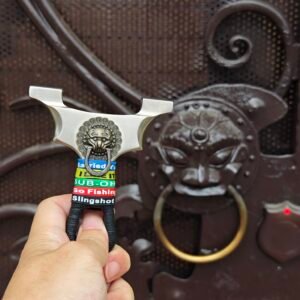
🏹 The Ultimate Guide to Slingshot Structure: Master Components, Boost Performance & Unleash Your Inner Marksman
Whether you’re hunting your first rabbit, dominating your local slingshot tournament, or tinkering on a weekend DIY slingshot project, understanding the anatomy of your gear is the key to consistency, power, and pure shooting joy. In this in-depth guide, you’ll discover every critical part—from slingshot bands to ergonomic handles—and learn how to optimize each for peak slingshot accuracy and slingshot power. Ready to level up? Let’s go. 1. Frame (Fork): The Unshakable Backbone “A wobbly frame is like a shaky handshake—it undermines confidence at the very start.” High-Strength Alloys (e.g., aircraft-grade aluminum, stainless steel): Provide rock-solid stability under heavy draw tension. Wood & Composite: Offer warmth and tactile feedback—ideal for shooters who crave that organic feel. Asymmetrical vs. Symmetrical: Asymmetrical tines can naturally align your aim, reducing the learning curve for beginners and sharpening precision for veterans. More premium slingshots 2. Bands: Your
🏹 Top 5 Mistakes Beginners Make With Slingshots (And How to Avoid Them)
Jumping into slingshot shooting is thrilling—nothing beats the crack of a well-placed shot or the satisfaction of nailing a distant tin can. But beginners often stumble over avoidable pitfalls that hamper progress, compromise safety, and dampen the fun. This guide uncovers the five most common mistakes newcomers make and shows you exactly how to steer clear of them. Along the way, you’ll find real-world insights, expert tips, and practical solutions to build a rock-solid foundation in slingshot mastery. 1. Choosing the Wrong Frame or Material “Your slingshot’s frame is its backbone—start with a sturdy one, or risk frustration and inaccuracy.” The Mistake Many beginners grab the cheapest Y-shaped wooden frame they can find or pick a flimsy plastic model marketed to kids. While these “toy” slingshots look fun, they often warp, crack, or fail under even modest band tension. Cheap frames introduce wobble at full draw, leading to erratic shots and shattered confidence. Why It Matters A sub
🏹 Ultimate Guide to Slingshot Types: Y-Shaped vs. TTF vs. OTT — Which One Is Right for You?
Whether you’re stepping into the world of slingshot hunting, aiming for tighter target shooting groups, or crafting your next DIY slingshot, understanding the differences between Y-shaped, TTF (Through‐The‐Fork), and OTT (Over‐The‐Top) designs is essential. Each configuration offers unique advantages in terms of accuracy, power, and comfort. This in-depth guide will equip you with expert knowledge to choose—or build—the ideal slingshot that fits your style and performance goals. 🔍 Why Slingshot Type Matters “Picking the right slingshot style isn’t just about looks—it directly impacts shot consistency, band lifespan, and that exhilarating feeling when your round hits dead center.” Performance & Precision: Different fork styles affect how bands stretch and release, altering trajectory and initial velocity. Customization & Comfort: Grip ergonomics and band mounting angle vary dramatically, influencing your shooting technique and long‐term practice comfort. Skill Level & Use C

🏹 The Ultimate Guide to Slingshot Structure: Master Components, Boost Performance & Unleash Your Inner Marksman
Whether you’re hunting your first rabbit, dominating your local slingshot tournament, or tinkering on a weekend DIY slingshot project, understanding the anatomy of your gear is the key to consistency, power, and pure shooting joy. In this in-depth guide, you’ll discover every critical part—from slingshot bands to ergonomic handles—and learn how to optimize each for peak slingshot accuracy and slingshot power. Ready to level up? Let’s go. 1. Frame (Fork): The Unshakable Backbone “A wobbly frame is like a shaky handshake—it undermines confidence at the very start.” High-Strength Alloys (e.g., aircraft-grade aluminum, stainless steel): Provide rock-solid stability under heavy draw tension. Wood & Composite: Offer warmth and tactile feedback—ideal for shooters who crave that organic feel. Asymmetrical vs. Symmetrical: Asymmetrical tines can naturally align your aim, reducing the learning curve for beginners and sharpening precision for veterans. More premium slingshots 2. Bands: Your



This is the heading
This is the heading
This is the heading
This is the heading
This is the heading
This is the heading




